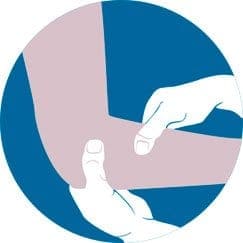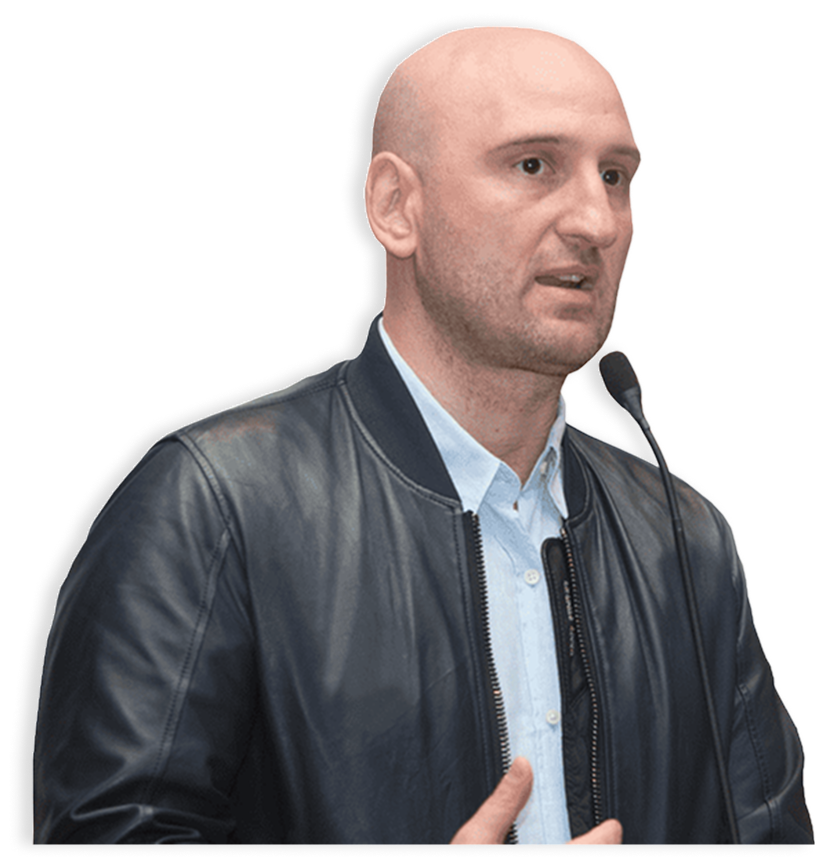August 11, 2023

Tennis elbow is a condition that got its name due to something. Not every elbow pain is associated with tennis elbow, but it is a very real condition that needs medical attention. There are techniques that can be utilized that do not require surgical intervention.
To treat this condition effectively, the use of trigger points is utilized. What is a trigger point? Trigger points go along with Eastern Medicinal practices, or holistic approaches. Many docto treat this problem. In all actuality, the problem can be fixed by massaging with a firm pressure on these trigger points.
Trigger points are areas of the body that are sensitive, specifically around tendons and muscles. During massage therapy, these areas are stimulated or irritated. This causes an effect in another party of the body due to another area. Some call them knots or bands that are in the muscles. The body has over 400 muscles. These knots will not be present in a healthy muscle without issues. They are only present in muscles that have strain. By massaging these knots or trigger points, it brings relief by breaking up the strain.

During therapy, the therapist presses down on the trigger point in the area that is causing pain to treat pain that does not use traditional practices of Western Medicine. However, many are finding relief and help through the gentle manipulation of their trigger points. It is one of the best forms of relief known for severe pain in the elbow.

Dr. Lev Kalika is a world-recognized expert in musculoskeletal ultrasonography, with 20+ years of clinical experience in advanced rehabilitative medicine. In addition to operating his clinical practice in Manhattan, he regularly publishes peer-reviewed research on ultrasound-guided therapies and procedures.
Dr. Kalika is an esteemed member of the International Society for Medical Shockwave Treatment ((SMST), and the only clinician in New York certified by the ISMST to perform extracorporeal shockwave therapy. He is also an active member of the American Institute of Ultrasound in Medicine (AIUM), and has developed his own unique approach to dynamic functional and fascial ultrasonography.